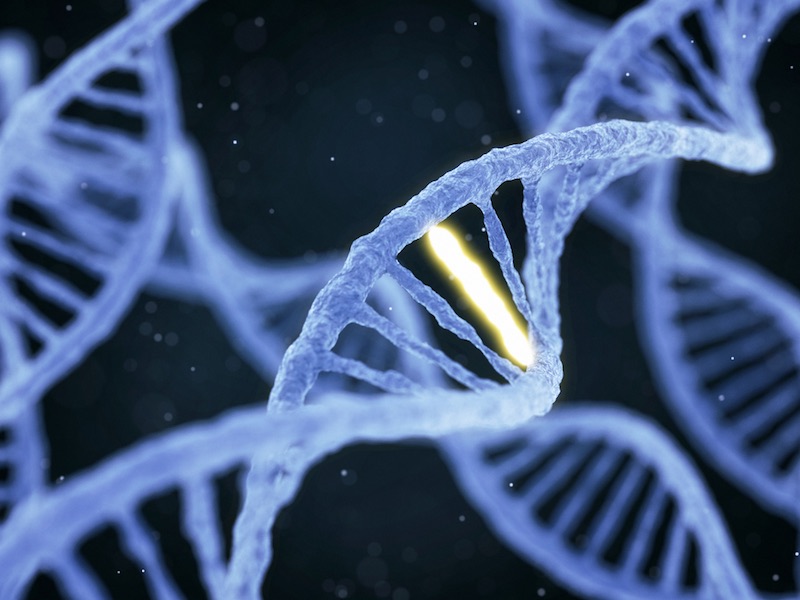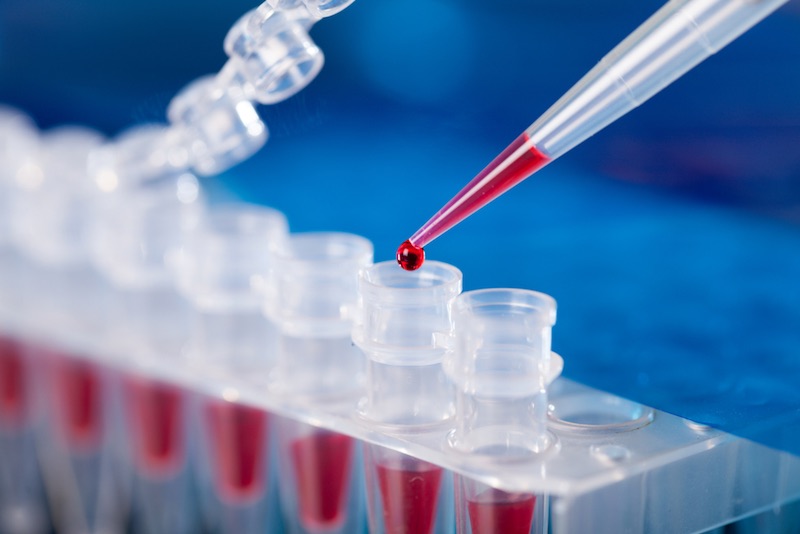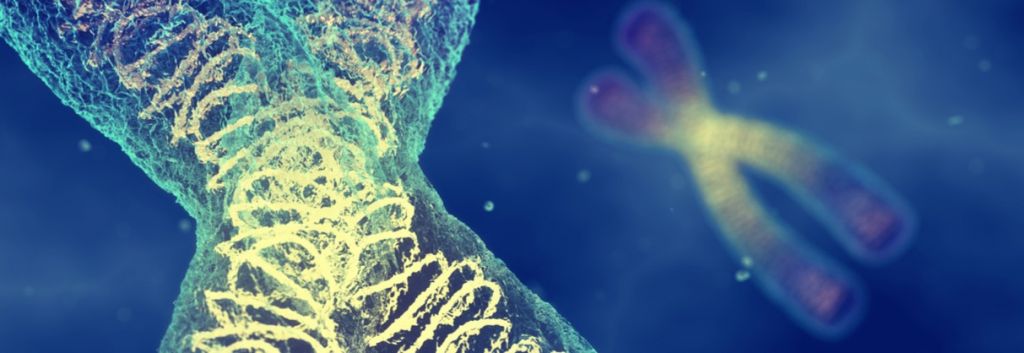Technology advances are taking DNA quantification to a whole new level of precision by making it possible to identify single molecules in a sample. Philip talked to Rémi Dangla, CEO and co-founder of Stilla Technologies, to discuss advances and challenges in the field.
Founded in 2013, Stilla Technologies is a French company that makes and sells high-precision PCR equipment to detect and quantify DNA.
“When I started the company I had never done a PCR in my life,” said Dangla. “I learned about digital PCR, and I was immediately attracted to this technology, which I think is super smart.”
Digital PCR is a recent technology that can significantly improve the precision of DNA quantification as compared to previous generations of PCR technology.
“What digital brings to the PCR market is unmatched reliability in detecting rare mutations or targets,” explained Dangla.
Instead of doing the PCR reaction in bulk, in digital PCR the sample is split into tens of thousands of tiny droplets, each with a few molecules of DNA in it. The molecules that match the DNA sequence the researcher is looking for give a fluorescent signal, and the equipment counts in how many of all the droplets there’s a signal.
“You are able of taking out one mutant out of 100,000 wild type DNA molecules, even if that mutant is a single change in the DNA sequence. If you were to do that with classic PCR you would get a false result,” said Dangla.

The idea of digital PCR is actually not that new. “You can actually find the concept in the literature dating back to the early 90s,” said Dangla.
The challenge back then was to be able to analyze so many droplets of such a small volume at once. That’s where Dangla saw an opportunity in introducing microfluidics into the mix, which makes the separation and analysis of the tiny sample partitions much simpler.
Dangla believes one of the areas with most potential is in the diagnosis of cancer from a small blood sample, something known as liquid biopsy.
“If you take a blood sample and you are trying to detect tumor DNA in a blood sample, you are really looking for a needle in a haystack,” he explained. “Digital PCR is the only solution that allows you to detect a few of those tumor DNA molecules in the blood and to do so reliably.”
As an example, digital PCR could be particularly helpful to detect mutations that make cancer cells develop resistance to a therapy, allowing doctors to switch patients to other drugs that are more likely to work.
The potential of this technology is attracting many players to the growing digital PCR market, which went from almost nothing in 2011 to being valued at several million euros today. The pioneers were Fluidigm, which released the first product in 2006, though Bio-Rad leads the market now with a more affordable option. Stilla Technologies is aiming to compete in this space with a technology that is simpler and faster than what’s currently in the market.

Still, there are some challenges to overcome, one of the major ones being pricing. Dangla doesn’t believe digital PCR will fully replace previous generations of PCR technology. As digital PCR is more expensive so far is only being adopted in high-value applications.
As technology developments tackle the issue of cost, Dangla believes that the big missing piece now to make DNA quantification more precise is sample preparation. Essentially, all the DNA extraction steps that come before the analysis.
“We now know that all the information about a patient is present in 10 ml of blood with some rare biomarkers. The challenge is not now in finding those biomarkers once they are in your analytical system; If the DNA molecule is in our chip, we’ll find it, we’ll detect it,” said Dangla.
“The challenge is how you extract that DNA molecule in the 10 ml and make sure it ends up in the 20 microliters you analyze in your machine. It’s a sampling problem.”
With its first fundraising round closed last month, Stilla is now looking into scaling up the sales of its digital PCR equipment and will begin the clinical validation of its technology, which will start with addressing the analysis of liquid biopsy samples from cancer patients.
Besides oncology, digital PCR could have many applications, including GMO detection, quality control in pharmaceutical companies, and diagnostics. As it becomes more precise and the cost comes down, there are almost no limits to what could be done with the new generation of DNA quantification technology.
Images via Shutterstock





